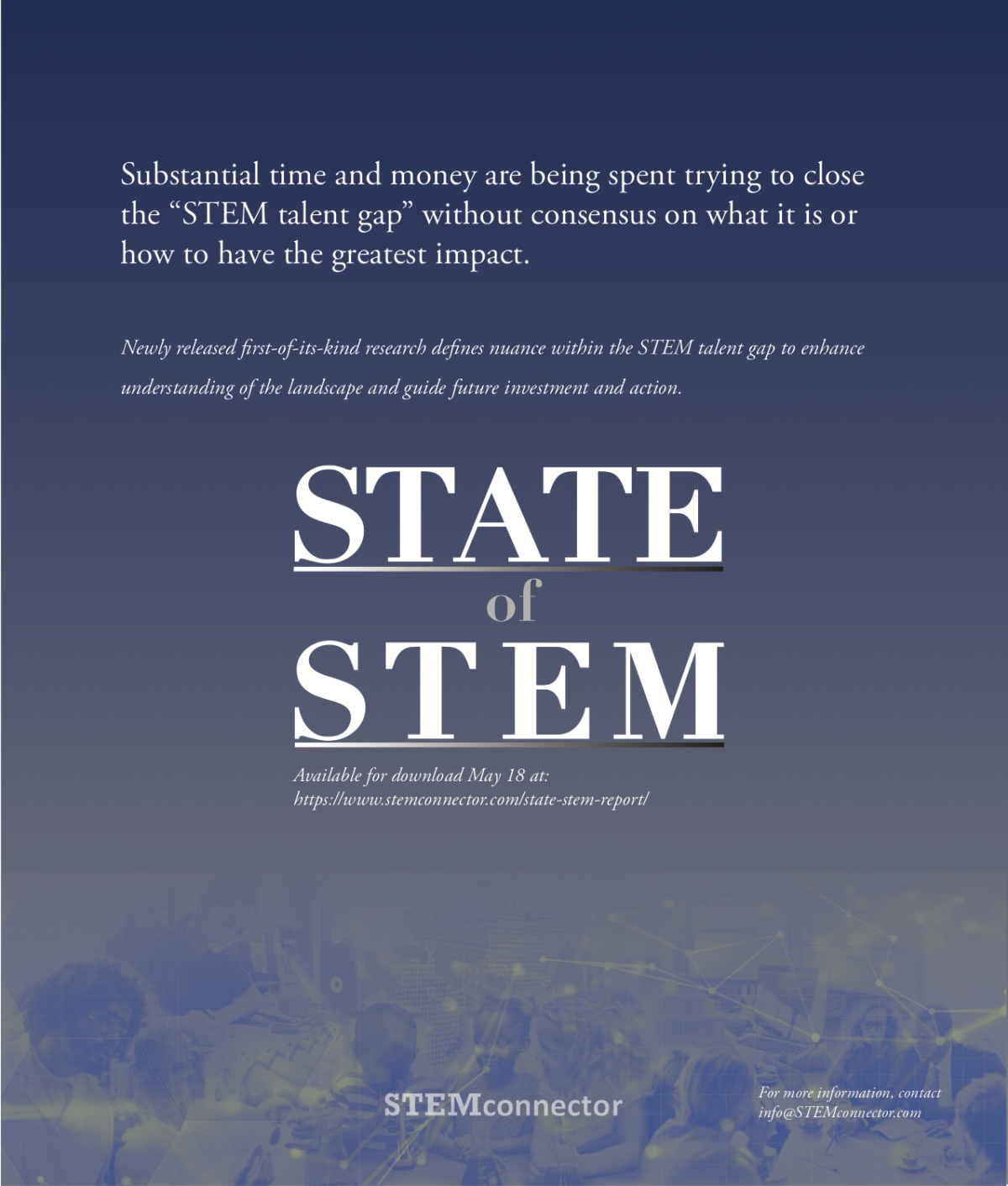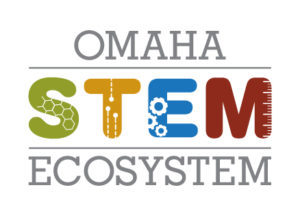
STEMconnector released the State of STEM report in May of this year, and we continue to use the framework and research to drive knowledge and action for our networks. We are pleased to share a series of blog posts diving more deeply into the resources found in the call-out boxes included throughout the report. This first piece focuses on Box 2: Key Readings on the Future of Work (page 4 of the report) and provides key takeaways from each of the six featured research pieces.
A future that works: Automation, employment, and productivity. James Manyika, Michael Chui, Medhi Miremadi, Jacques Bughin, Katy George, Paul Willmott, and Martin Dewhurst. McKinsey & Company.
This report from the McKinsey Global Institute discusses the impact of automation on employment and productivity in the global economy.
Key takeaways:
Automation improves efficiency by reducing errors and improving speed. Historically, automation has boosted economic growth and prosperity. Based on scenario modeling, it could raise productivity growth globally by 0.8 to 1.4% annually. The impact of automation should be analyzed at the individual task level, rather than at the overall occupation level. For example, less than 5% of occupations are candidates for full automation and subsequent job extinction. Tasks requiring physical labor are most susceptible to automation, so occupations with more physical labor requirements will experience more rapid transformation. Productivity estimates align with historical data and assume that workers displaced by automation will be able to find other means of employment.
Digitalization and the American Workforce. Sifan Liu, Siddharth Kulkarni, Mark Muro, and Jacob Whiton. Brookings Institution.
This report from the Brookings Institution analyzes the digital content for 545 occupations, covering 90% of the United States workforce in all industries since 2001, and includes case-studies of employers focused on preparing incumbent workers for the digital workforce.
Key takeaways:
Between 2002 and 2016, the shares of U.S. jobs that require substantial digital knowledge rose rapidly, mostly due to large changes in the digital content of existing occupations. The degree and pace of change of digitalization varies widely among occupations and across industries. Digitalization is associated with increased pay and job resiliency in the face of automation but also vastly uneven trends for job growth and wages, and for individuals based on race and gender. Expanding the high-skill IT pipeline is crucial to keep pace with technological changes.
The Future of Jobs and Jobs Training. Janna Anderson and Lee Rainie. Pew Research Center.
The Pew Research Center and Elon University’s Imagining the Internet Center canvassed technologists, scholars, practitioners, strategic thinkers and education leaders to better understand the future of workplace training.
View full article: https://www.stemconnector.com/deeper-dive-key-readings-future-work/
